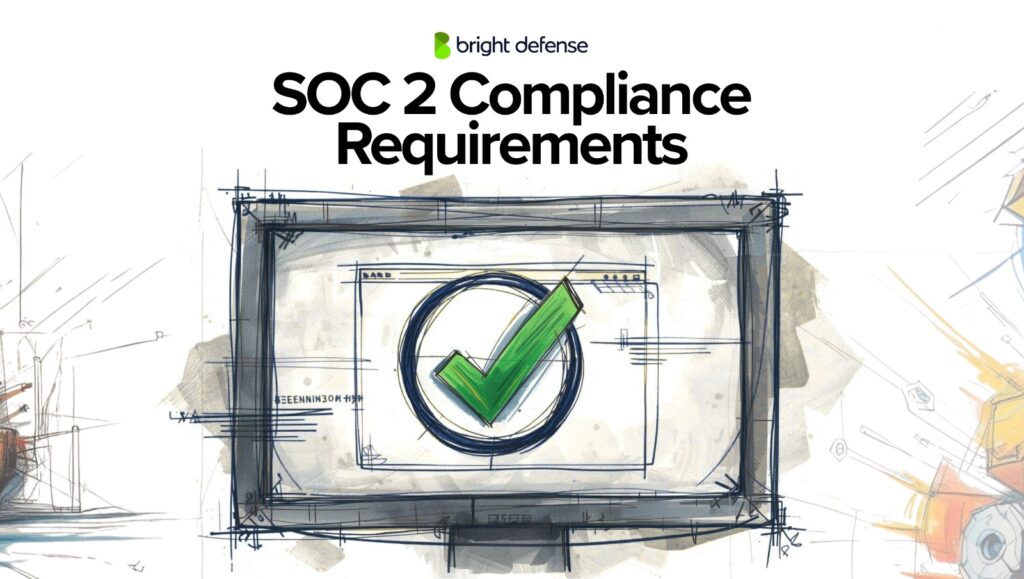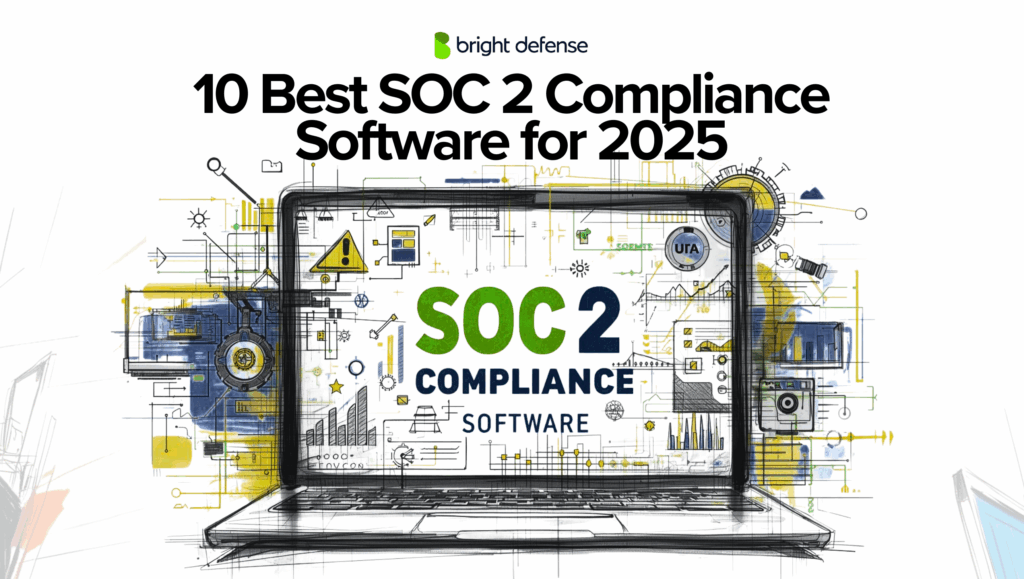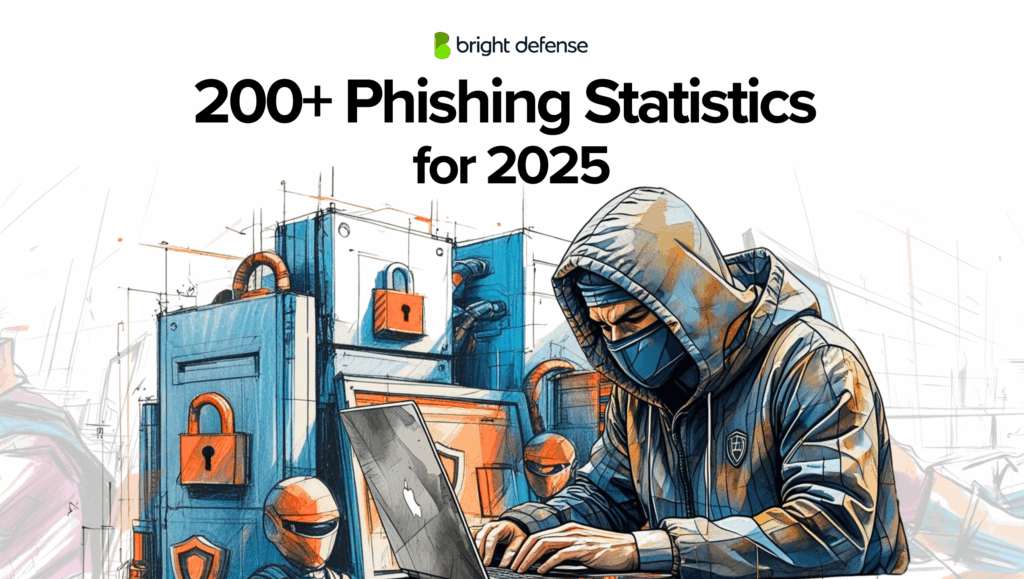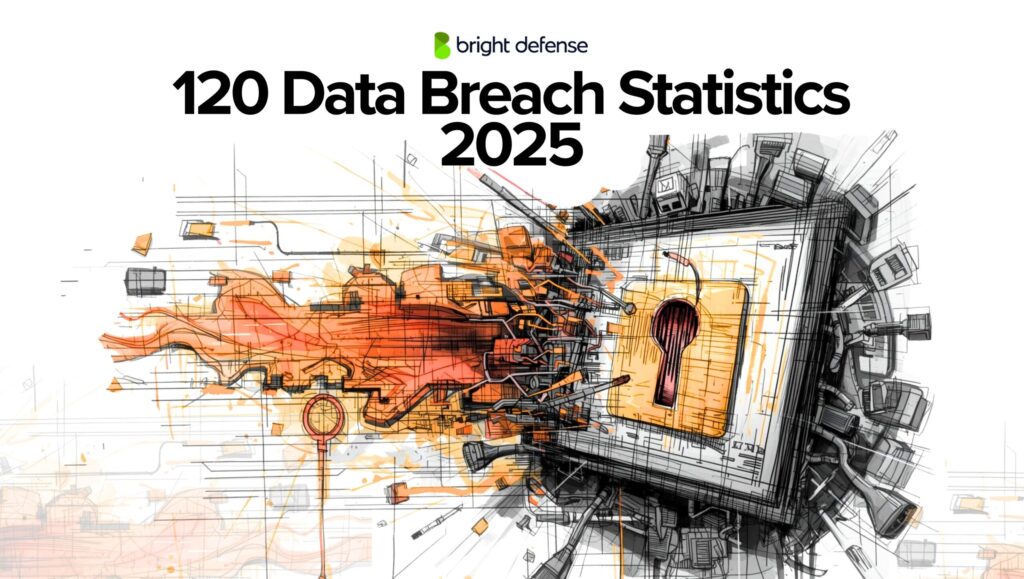Tamzid | Cybersecurity Writer
Tamzid brings 5+ years of specialized writing experience across SaaS, cybersecurity, compliance, and blockchain. He’s skilled at simplifying complex concepts without losing depth. He follows the latest cybersecurity compliance updates and brings readers practical insights they can trust and keeps them ahead of the curve.
Highly Recommended
180+ Cyberbullying Statistics ( December – 2025)
Cyberbullying isn’t just a schoolyard problem anymore, it’s a 24/7 crisis. Recent cybersecurity statistics paints a disturbing…
Areas of Expertise
Penetration Testing
Security Compliance & Frameworks
Endpoint Protection
Cybersecurity Education
More from Tamzid | Cybersecurity Writer
200+ Phishing Statistics (December – 2025)
The Bright Defense team has gathered 187 up-to-date phishing statistics for 2025. This article brings…
500+ Ransomware Statistics (October-2025)
The team at Bright Defense has compiled a detailed list of staggering 500+ up-to-date ransomware…
120 Data Breach Statistics (October – 2025)
Data breaches have become an unavoidable part of the digital world, affecting organizations of every…






